PERRY — Plansowes Dana turned her green pickup off the highway and onto a rutted, unpaved road that cuts back into the rolling landscape.
Late autumn has settled over Washington County. Down Route 1, the blueberry barrens have transformed into a stunning patchwork of red, scarlet and fawn. The year’s first big snow has been forecast for tomorrow, and the overcast sky has been spitting or pouring rain all day. The dreary clouds make it seem perpetually dusk, but they also make the evergreens and lifeless vegetation look brighter, standing out in bursts of green, brown and yellow.
Dana hops out of her truck and gestures to some garden plots that have been harvested and left for the winter snows on this 167-acre farm owned by the Passamaquoddy tribe at Pleasant Point.
“This is where we had our community garden,” she said. “We have an elder who plants here every year, and there were probably four other people who planted here.”
The farm, once a dairy operation that supplied milk to the reservation, has an old apple orchard, cultivated raspberries that have liberated themselves, and a farmhouse. The barn burned down in the 1980s, soon the Passamaquoddy tribe acquired it.
Over the past three growing seasons, the farm has been slowly – very slowly – coming back to life. The community gardens have been planted with potatoes, corn, carrots, peas, broccoli, squash, tomatoes, kale, beets, celery – even watermelon. “You name it, we’ve tried it,” said Dana, whose own crops included potatoes and cucumbers.
The farm, she said, “has been pretty much laying dormant, but we’re getting serious with our food sovereignty now. We want to be self-sustaining.”
“Food sovereignty” is a noble label that really means self-sufficiency. The tribe wants to be able to produce enough food for themselves to assure their people will never go hungry again. Periods of hunger have threatened the Passamaquoddies ever since Europeans arrived and began gobbling up the fields and forests from which the tribe traditionally drew sustenance. Despite those conflicts, hunting and fishing have remained an important food source over the years. Growing vegetables has been a different story.
The food sovereignty project aims to bring back traditional farming and gardening skills so the tribe can feed itself again without relying on government subsidies or other outside help. It’s part of a broader movement within the tribe to move the Passamaquoddy people back toward self-sufficiency in all areas of life and to restore neglected traditions. Then there’s the hope that a focus on better eating habits – substituting home-grown meals for processed foods – will improve the health of the community.
“It’s really going back to what we already know,” said Frederick Moore III, the Pleasant Point tribe’s new chief. “It is not simply the idea of food sovereignty that drives us. It’s really being self-sufficient by actively promoting cultural awareness, healthy living and job creation.”
He has declared that he wants the Peskotomuhkatiyik (Passamaquoddy) at Sipayik (the Pleasant Point Reservation on Passamaquoddy Bay) to move away from a food culture of dependence and be 50 percent self-sufficient within four years. The farm is expected to play a big part in meeting that goal. Individual gardens and community gardens are playing an important role, too. During the first growing season of the food sovereignty project, organizers helped install 30 raised bed gardens in tribe members’ yards, with the help of small grants and aid from the Broad Reach Fund and the American Friends Service Committee Healing Justice Program. The next year, they added 20 more. This year, another 55 raised beds brought the total to 105, which Dana said represents about 20 percent of the Pleasant Point households. And there is a waiting list. In-ground gardens and community gardens, like those at the farm, were also created, and some people are now raising chickens and turkeys as well.
It might seem counterintuitive that a people who have lived in Maine since the retreat of the Laurentide glacier 12,000 years ago would need help raising food. Dana, who has a teaching garden at her home where she shows others how to raise vegetables, learned from her parents how to garden, and they learned from their parents, and so on, the thread of knowledge presumably stretching back generations. But not everyone has been so fortunate. Many of the elders have had gardens all their lives, Dana said, but today they comprise only a handful of the community.
“That’s part of our tradition,” she said, “but as commodities came in and grocery stores and all of that, of course it’s easier to just run to the supermarket, I guess.”
FEEDING MULTIPLE NEEDS
Such changes in habit have ill-served the tribe. According to Vera Francis, the vice chief, the average life span of a tribal member ranges from 48 to 55, compared with an average U.S. life expectancy of 79. Members of the community say that obesity, type 2 diabetes and other health issues that come with poor eating habits are taking their toll.
The diabetes rate, said Newell Lewey, a long-distance runner, council member and key player in the food sovereignty committee, is “off the charts,” affecting 10 to 12 percent of the population. He blames it in part on the government commodities the tribe has been forced to live on over the years.
“That food was just, for lack of a better word, gross,” he said. “But we didn’t know. We had to eat.”
Those blocks of government cheese, potted meats, and fry bread made with commodity lard filled their bellies, but “over time, it was becoming increasingly obvious that as we moved away from traditional food sources, our health began to decline overall,” Chief Moore said.
After her morning visit to the farm, Plansowes Dana gathered with other tribe members on the reservation at the Sipayik Youth and Recreation building, a plain brick structure also used as a bingo hall. They came together for a harvest potluck and social, and to discuss what’s next for the food sovereignty project. (In July, they’d celebrated the successful completion of the planting cycle with a similar gathering.)
The group shared a typical harvest meal: Dana brought a 40-pound turkey her husband had slaughtered the day before and she had stuffed and cooked for some 15 hours. There was acorn squash and apples; mashed potatoes; a soup made with beans, corn, onions and salt pork; and lots of home-preserved foods, from beets to bread-and-butter pickles. Families drifted in and out, some arriving for the dinner, others to check out a raffle and crafts show held in the hall at the same time.
Some 20 to 30 people filled their plates with food and sat at long tables, chatting with each other and, when necessary, corralling children whose laughter and shouting echoed off the walls.
After most had finished their meal, Lewey, who wore jeans and a warm dark jacket, his ponytail trailing almost to his waist, walked around the room carrying a large iridescent shell filled with burning sage, offering a smudge to everyone. Children stopped their running and playing and approached him seriously, waving their little hands over the smoke to bring the blessing toward their heads. Then he started drumming and singing a Passamaquoddy honor song while adults and children danced.
The group never did get around to a formal discussion about the future of the food sovereignty program, but they did get a chance to socialize and celebrate the harvest with food.
Moore arrived shortly before the group started to break up, and over a plate of turkey gave a short lesson in Passamaquoddy culture to a curious visitor. He looked around the room, noting that the tribe is only a couple of generations away from a subsistence economy in which everyone was cared for by the community. The old ways are still “within the living memory of many of the people in this room, especially those who grew up on the reservation.”
“Nothing is lost,” he said. “It’s simply been ignored.”
PHILOSOPHY MEETS THE PLATE
Moore wasn’t necessarily talking about agricultural techniques or other specific practices. He was referring to cultural values. “Our techniques are derived from our value system,” he said. “We utilize as opposed to exploit. We participate in the life cycle as opposed to viewing other living creatures as resources.”
As an example, Moore pointed out that on the Maine coast, lobstermen go through tens of millions of pounds of herring and other fish for bait. “In essence, a percentage or segment of the biomass of one species is being destroyed in the pursuit of another,” Moore said. “That would not seem to be playing well within our value system.”
The tribe’s value system demands that they reclaim unused bait. Instead of dumping it over the side of fishing boats, they bring it back on shore and mix it with other materials to make fertilizers and compost, “the same way when you went to school, you saw pictures of our people dropping fish into a hole,” he said.
Being a Passamaquoddy, Moore continued, once meant living by a certain philosophy: Take what you need. Leave the rest. Share with those less fortunate, and be thankful for what you’ve received.
“You take that over millennia – that mantra, if you will, that lifestyle – over thousands of years and then literally transfer a people into a capitalist or competitive environment, you’re going to have problems,” he said.
Hundreds of years ago, the Passamaquoddy would burn an area to clear it of vegetation, and that would be their central planting area. They fished and followed game to ensure supplies of fresh meat. Then came 1604, the year the Passamaquoddy people greeted explorer Samuel de Champlain at Qonasqamkuk (St. Andrews, N.B.) and helped the first French settlers at St. Croix to survive the winter. As Europeans encroached more and more, the tribe was displaced and forced onto reservations.
“Our people were prosecuted for hunting deer in their own territory, and on their own land,” Moore said. “And then we were also told that our needs would be cared for if we didn’t resist the taking of our land.”
By treaty, the Passamaquoddy were to be given a set amount of food each year – so many barrels of pork, flour and more. “That didn’t always occur,” Moore said. “There were some winters when our people were literally on the brink of starvation, and the only thing that sustained them was our ability to go out and eke out a meal in subzero temperatures off the beaches. Our people ate sea urchins, clams and other things.”
As Lewey later described it, “When we were put on reservations, you had this gigantic land base that went down to this. So now you can’t even sustain yourself because you can’t hunt on that little land base, you can’t grow stuff on that little land base. So then what came in were the government commodities, right?”
The Passamaquoddies, or “people who fish for pollock,” went from having free access to nature’s abundance, spread over 4,097 square miles of traditional tribal homeland in Maine, in the 16th century to living hand-to-mouth in homes with dirt floors and no plumbing in the 20th century.
RESTORING INDIGENOUS CROPS
Also lost over the years were some of the specific crops once grown in the tribal homeland. But thanks to a New England-wide movement to find and restore indigenous crops, some of those foods may soon be tended to once again by Passamaquoddy hands.
Frederick M. Wiseman, an Abenaki native and retired professor of humanities at Johnson State College, has recovered many heirloom seeds. In late October, through a project called Seeds of Renewal, he traveled to Maine with about a dozen others working on the seed-saving project to give a series of workshops on the crops to the Passamaquoddies. At Indian Township, they presented collections of seeds to the elders in a simple ceremony. At Pleasant Point, the seeds were given to the members of the food sovereignty committee, who plan to grow them at their farm.
The Passamaquoddies are not the only tribe in North America trying to recover their agricultural roots, Wiseman said in a telephone interview; if anything, they may even be a little behind, as it has taken some time for this “huge” movement of Native American food sovereignty to reach this remote corner of the country.
The movement has many positive ramifications, he said. It increases pride in indigenous communities, offers marketing opportunities, and restores tradition – culinary and otherwise. As examples, he said the Passamaquoddies could market these new-old crops as specialty Native American crops, could “do a green corn dance when the green corn is actually out” – and could bring back Native American cuisine, which he called “one of the fastest-growing segments in new cuisine.”
“This isn’t the old-fashioned shore dinner stuff,” he added. “This is haute cuisine.”
Just as other Americans are turning back their kitchen clocks to their grandparents’ ways, Native Americans are exploring dishes such as stir-fried cattails as a way to reconnect with their own food traditions. Out west, Native American chefs charge as much as $80 per dinner for traditional foods prepared in modern ways at hotels and casinos. Think bison tenderloin with roasted bone marrow and cornmeal-fried squash blossoms stuffed with bean paste that is served at Sunrise Park Resort Hotel in Greer, Arizona. Closer to home, Seeds of Renewal is working with Abenaki Jessee Lawyer, a chef at Sweetwater’s American Bistro in Burlington, Vermont, to serve some specialty meals this winter focused on historic Abenaki cuisine.
At the same time, the First Nations Development Institute has created a Native Foods Resource Center and a Native American Food Sovereignty Alliance, and last year launched Native Foodways magazine. Given all this ferment, Wiseman advised the Passamaquoddy group to get their children interested in studying the culinary arts as a way to express their cultural identity.
PLANNING AHEAD
In addition to Wiseman, the Pleasant Point group has consulted with an organic farmer/gardener, and the group is planning for next year. They’d like to offer classes on canning and food preservation. At the farm, they hope to plant at least two crops for community-wide distribution. They don’t want to be a commercial farm per se, but ultimately, they hope to grow enough food so that any money that comes in can be pumped back into the food sovereignty program.
“Part of our thinking was, rather than give somebody (who is on general assistance) a food voucher for IGA, what if they can cash in at the farm and get all their supplies, so that money’s not leaving the tribe but coming back into our community?” council member Lewey explained.
While the farm is “not looking to make money,” he added, if one day there are surplus crops, potatoes, say, the tribe could sell them and invest the profits in farm equipment and machinery. Lewey believes the tribe can eventually have a fully functioning farm, “but it’s not going to happen overnight, and it’s not going to happen next year.”
Still, the food sovereignty project is already bearing fruit, or at least vegetables.
Among those celebrating at the harvest dinner was Sara Stanley, 54, who has type 2 diabetes and walks with a cane. This year, for the first time, she worked a plot in the community garden on the farm. She tried growing broccoli, onions, cabbage, cherry tomatoes and sage. And though she wishes her plot were less shaded, the garden helped her maintain a healthier diet this summer.
“I can’t afford to buy vegetables,” she said. “It’s really hard. I’m on a very fixed income, and it helped a lot.”
Stanley said the food sovereignty effort and movement away from processed foods has been good for the entire community.
“It’s really brought everybody alive again,” she said.
Send questions/comments to the editors.


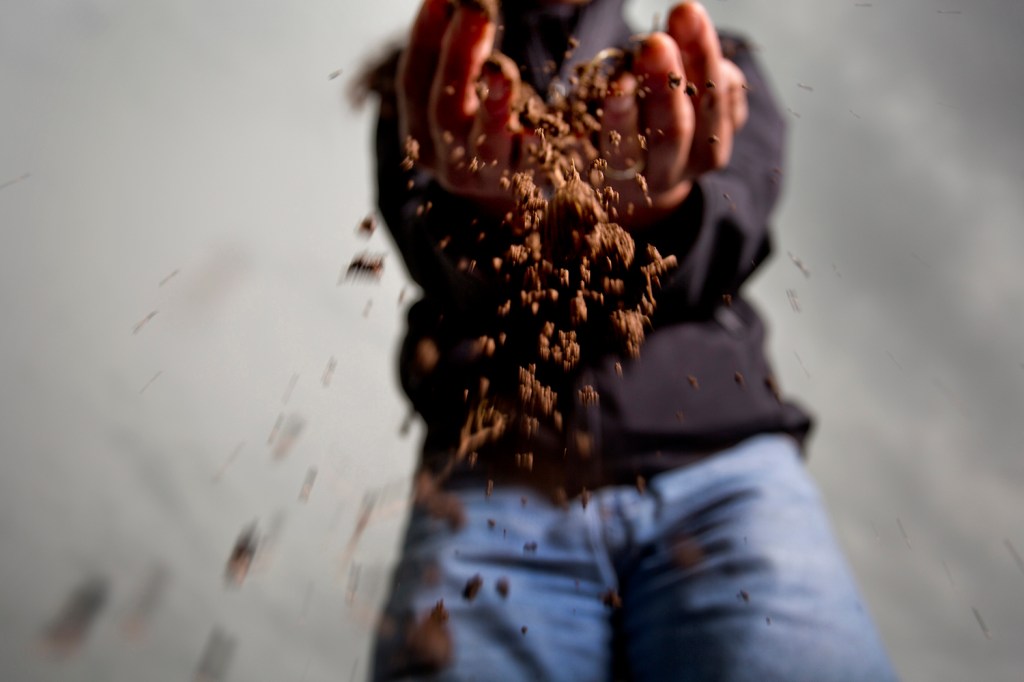
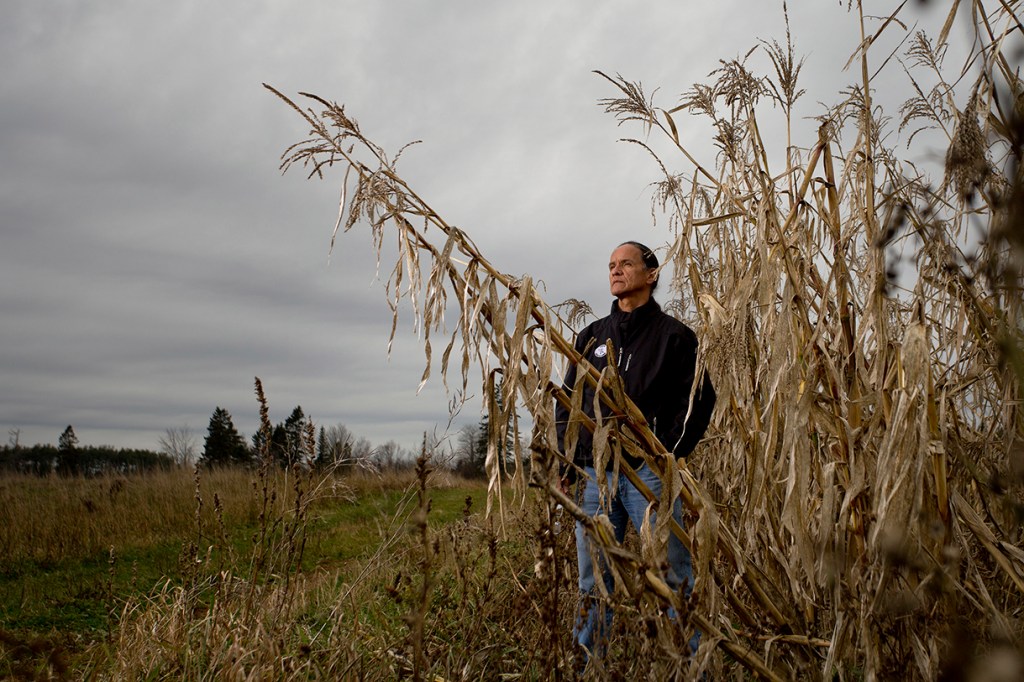
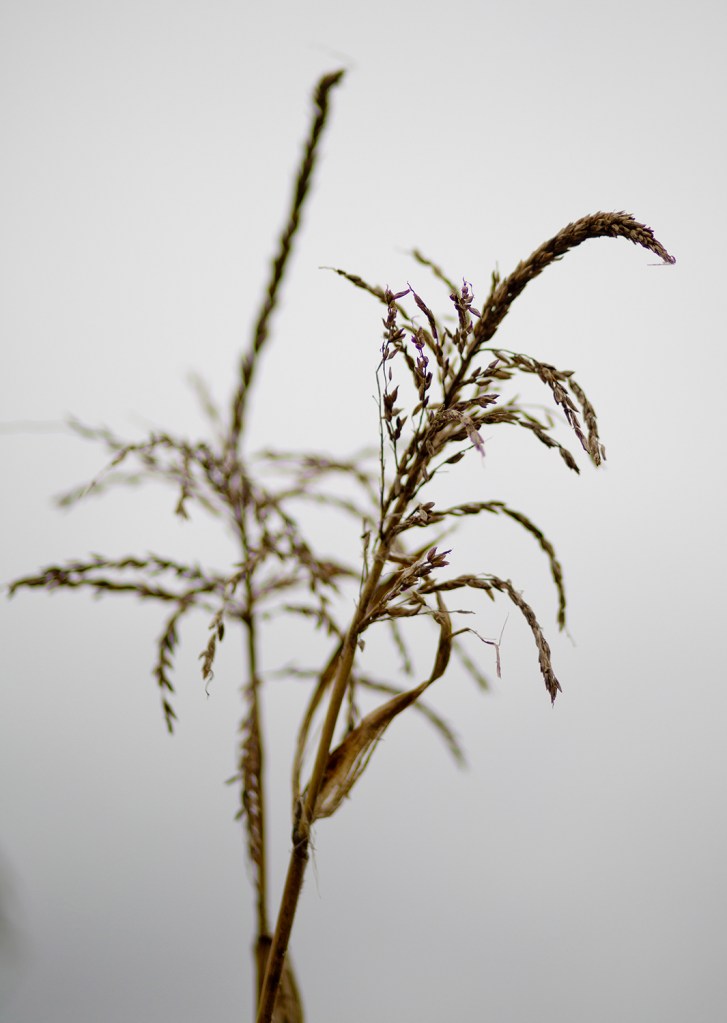

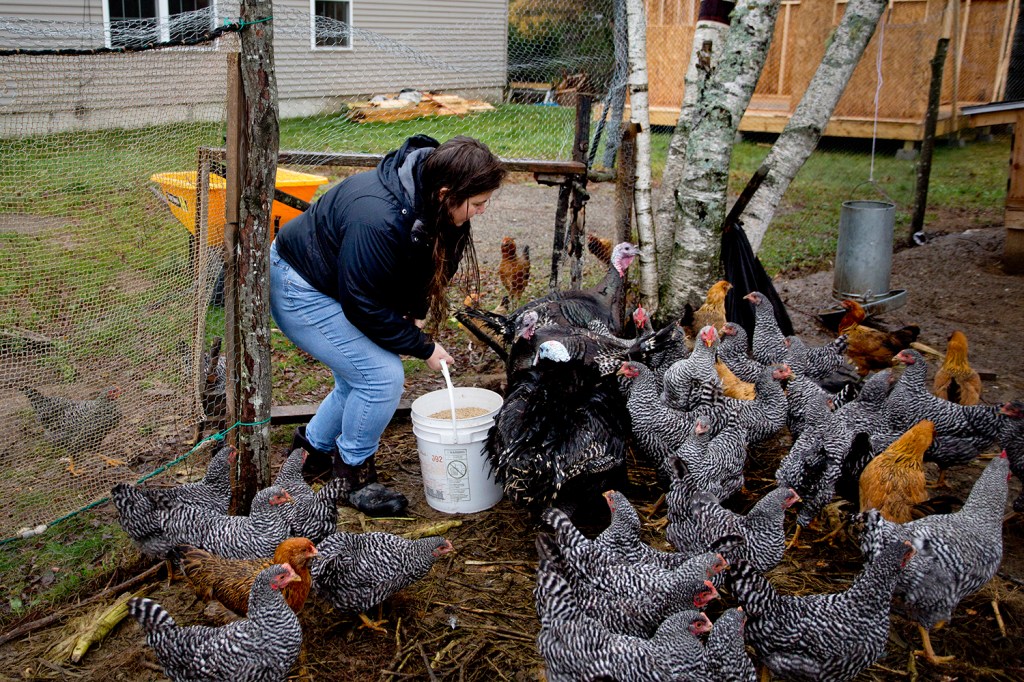
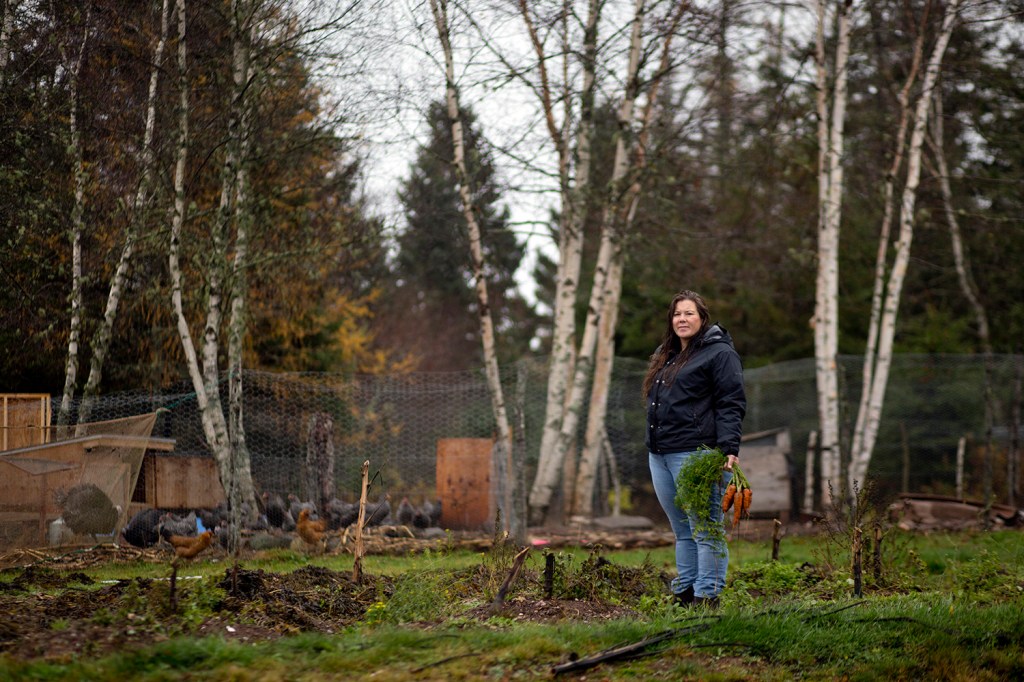
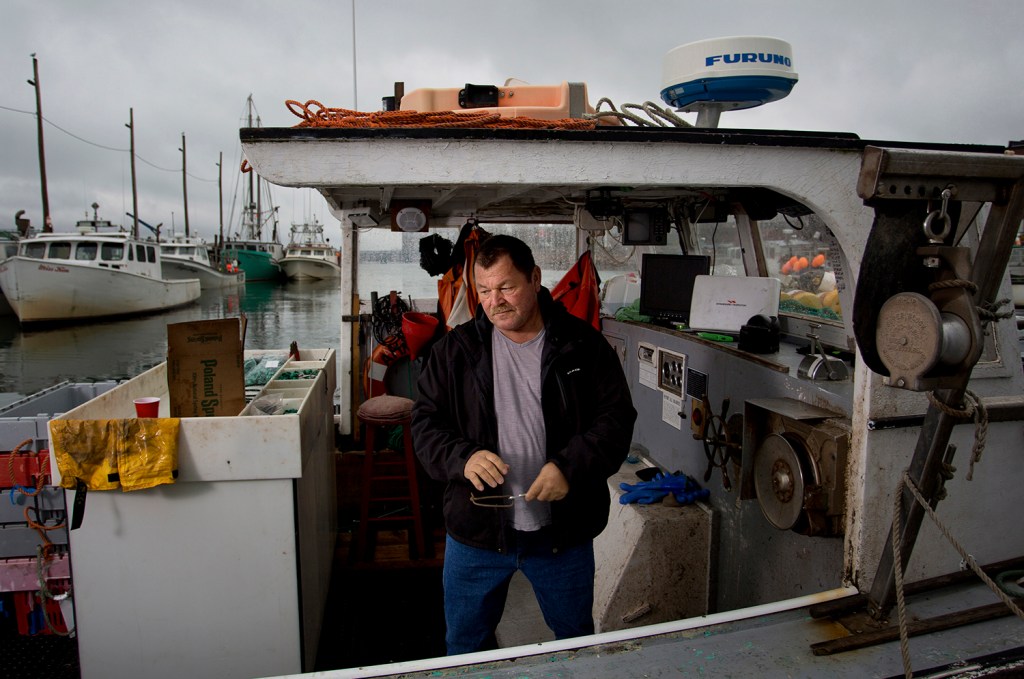
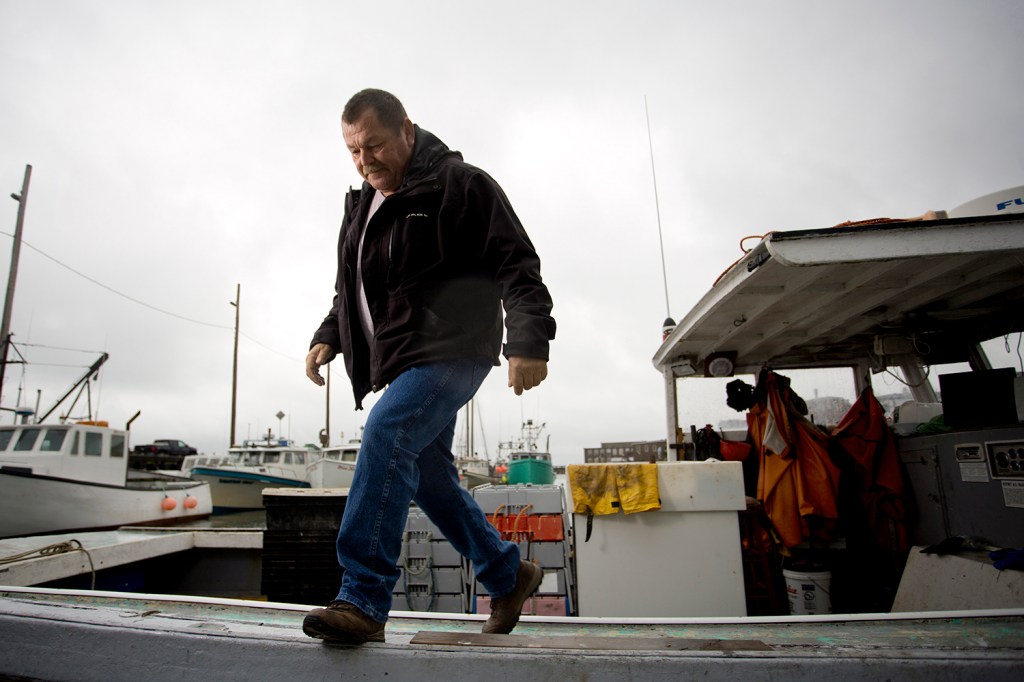
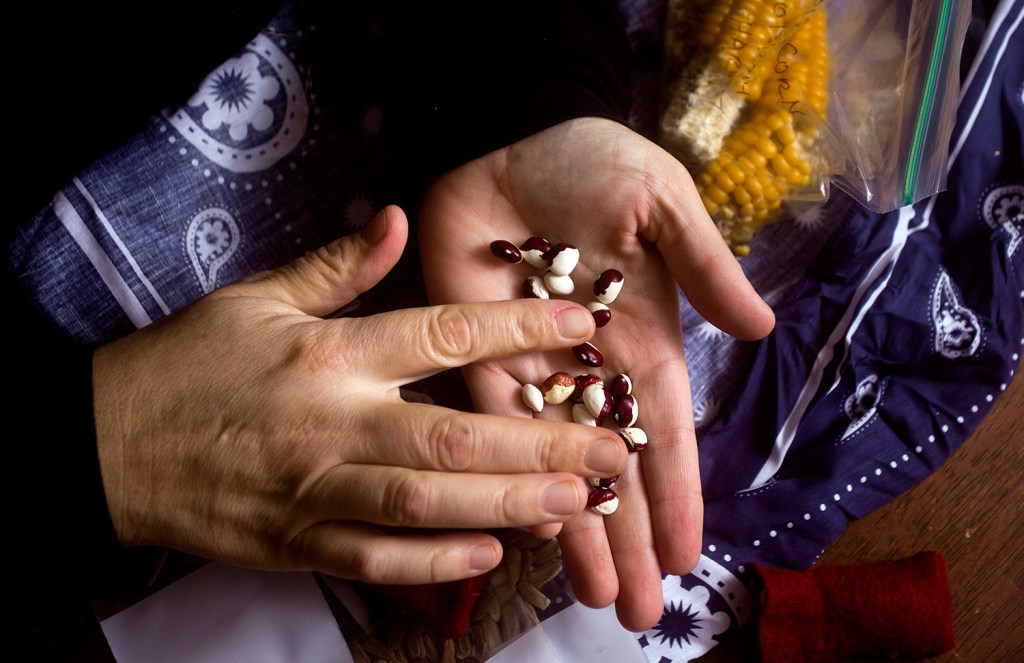
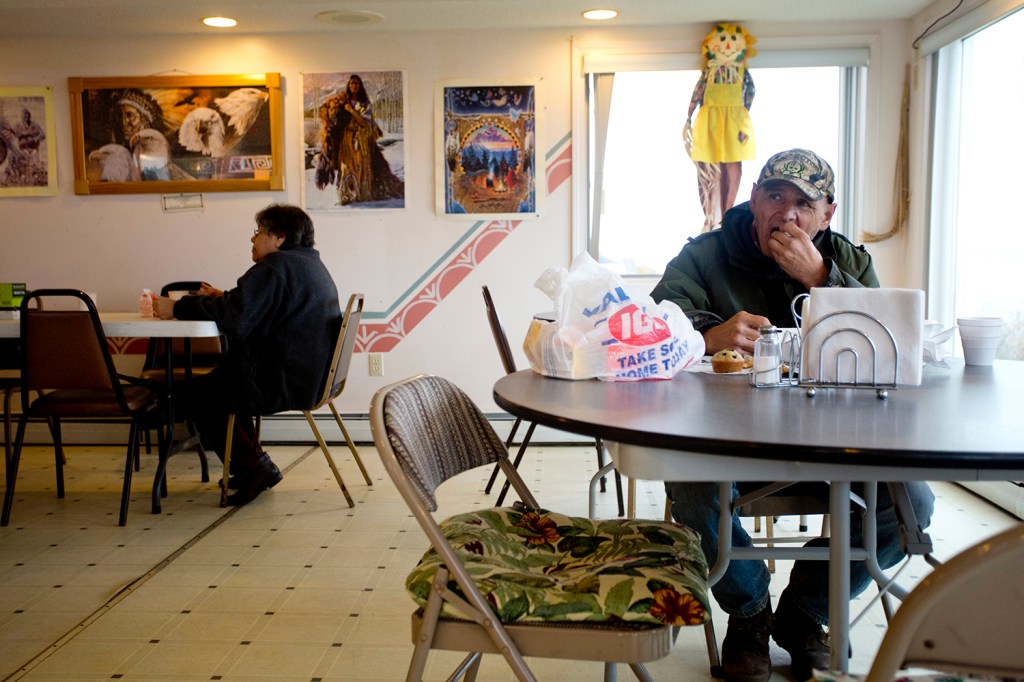
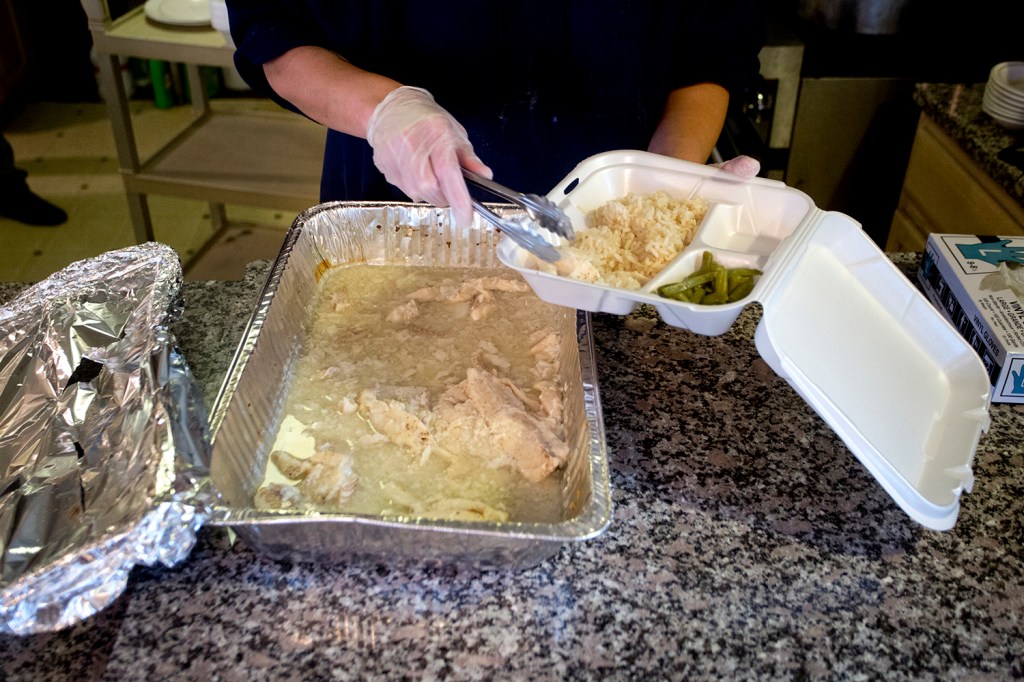

Success. Please wait for the page to reload. If the page does not reload within 5 seconds, please refresh the page.
Enter your email and password to access comments.
Hi, to comment on stories you must . This profile is in addition to your subscription and website login.
Already have a commenting profile? .
Invalid username/password.
Please check your email to confirm and complete your registration.
Only subscribers are eligible to post comments. Please subscribe or login first for digital access. Here’s why.
Use the form below to reset your password. When you've submitted your account email, we will send an email with a reset code.